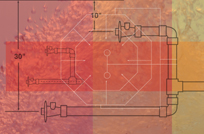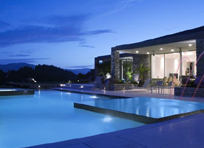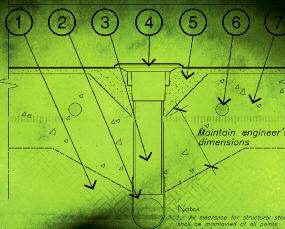hydraulics
Of all the features associated with inground swimming pools, attached spas almost certainly have the most complex designs. Achieving proper hydrotherapy-jet action requires the interweaving of air lines, water lines, fittings, jets and associated pumps, blowers and motors in a way that delivers results the customer wants and expects. And making mistakes is definitely costly: Once the plumbing is set in concrete, there’s no easy way of turning back. The bottom line: You have to
We describe them using many terms – as vanishing-edge, infinity-edge, negative-edge, knife-edge, slot-overflow, flooded-deck, gutter or perimeter-overflow pools, among others – but no matter what we call them, all of these watershapes operate on the same basic premise: By moving a sufficient quantity of water from a collection basin or tank to a visible main vessel at a sufficient rate, we can create systems in which
When my family started in the pool and spa service business some 25 years ago, it didn’t take us long to recognize that there was very little available to us by way of education about water chemistry – or, for that matter, about most of the other skills involved in maintaining pools, spas and other waterfeatures. That didn’t make much sense to us, even then. After all, how could an industry devoted to the health, safety and comfort of millions of people function without addressing the need for standardized approaches to water maintenance or
Through the past two years, a handful of voices in this magazine and elsewhere have called for building pools without drains as a means of virtually eliminating suction-entrapment incidents. The response to this suggestion has been strong, both for and against. In sifting through some of these discussions – including a key interview with Dr. William N. Rowley that appeared online last fall on the WaterShapes Web site – one item caught my eye: It came from a watershaper who clearly didn’t have

















Remembering Mark Urban